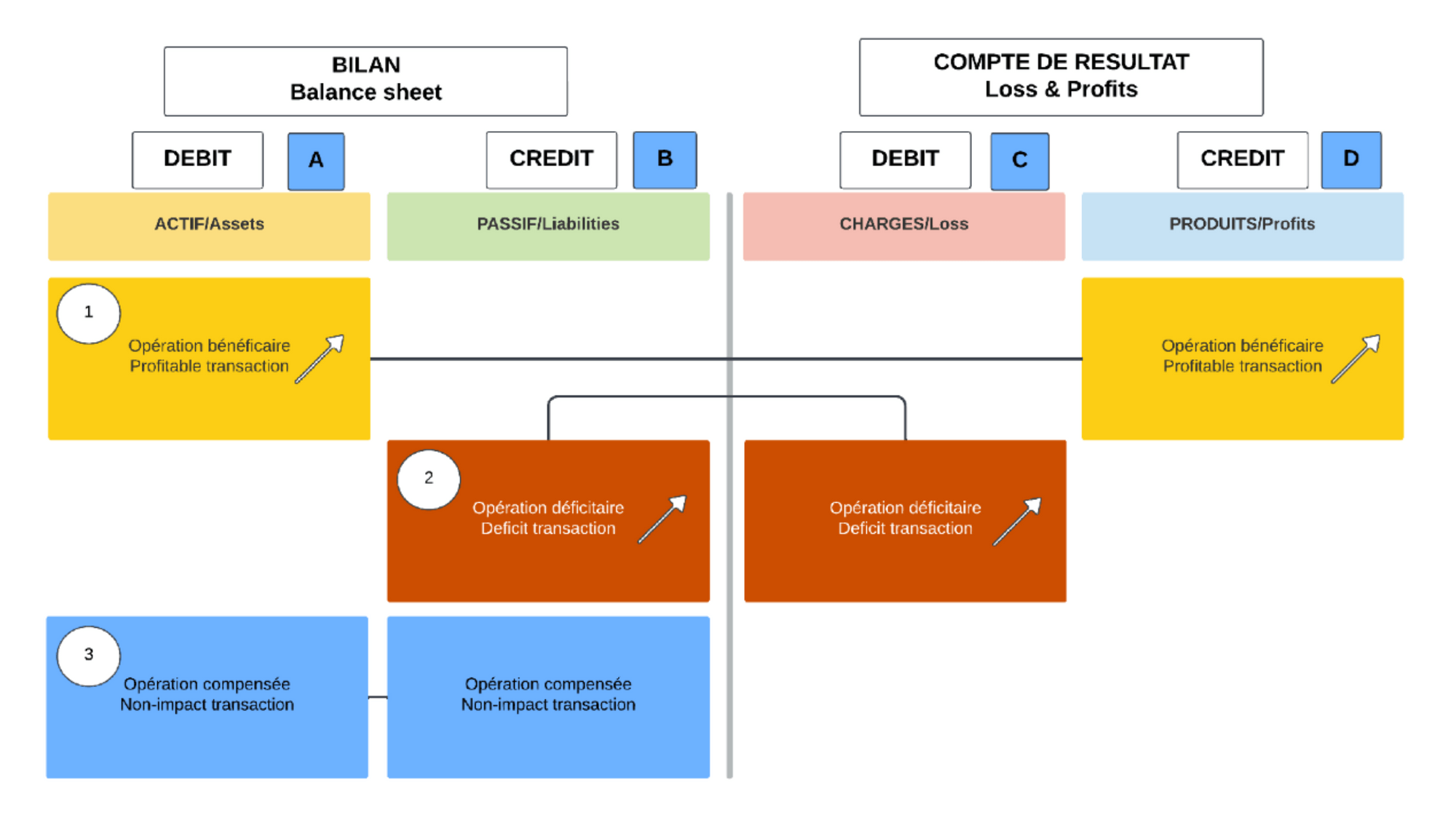Setting Up Accounts
To begin double-entry bookkeeping, you'll need to create a chart of accounts tailored to your freelance business. The chart of accounts is a list of all the financial accounts in your bookkeeping system, categorized into five main types:
- Assets: Resources owned by your business (e.g., cash, equipment, accounts receivable)
- Liabilities: Obligations your business owes to others (e.g., loans, accounts payable)
- Equity: The owner's investment and retained earnings
- Income: Revenue earned from your freelance services
- Expenses: Costs incurred to operate your business (e.g., rent, supplies, marketing)
When setting up your accounts, assign each one a unique number for easy identification. For example, assets might be numbered in the 1000s, liabilities in the 2000s, and so on.
Once your chart of accounts is created, you'll need to enter the opening balances. These are the initial values of your assets, liabilities, and equity at the beginning of the financial period.
Recording Transactions
With your accounts set up, you're ready to start recording transactions. The process involves analyzing each transaction, determining which accounts are affected, and recording the appropriate debit and credit entries.
To help visualize the impact of transactions, you can use T-accounts. A T-account is a simplified representation of a general ledger account, with debits on the left and credits on the right. Here's an example of how a T-account works:
Cash (Asset)
Debit Credit
1000 | 500
2000 |
———————————————————
3000 | 500
In this example, the cash account has a debit balance of 2,500 (3,000 - 500), indicating an increase in cash.
As you record transactions, they are first entered into the journal, which is a chronological record of all financial transactions. From there, the transactions are posted to the general ledger, which organizes the information by account.
Here are a few examples of common freelancer transactions and their corresponding journal entries:
Invoicing a client for 1,000 CHF:
- Debit: Accounts Receivable (Asset) 1,000 CHF
- Credit: Service Revenue (Income) 1,000 CHF
Receiving payment from a client for 1,000 CHF:
- Debit: Cash (Asset) 1,000 CHF
- Credit: Accounts Receivable (Asset) 1,000 CHF
Paying rent for your home office, 500 CHF:
- Debit: Rent Expense 500 CHF
- Credit: Cash (Asset) 500 CHF
Financial Statements
The primary purpose of double-entry accounting is to generate accurate financial statements. The three key financial statements are:
- Income Statement (Profit & Loss): Shows your revenues, expenses, and net income over a specific period.
- Balance Sheet: Provides a snapshot of your assets, liabilities, and equity at a given point in time.
- Cash Flow Statement: Displays the inflows and outflows of cash during a particular period.
To prepare these statements, you'll need to make closing entries at the end of the accounting period. Closing entries transfer the balances of temporary accounts (income and expenses) into the retained earnings account, which is a permanent account. This process resets the temporary accounts to zero, ready for the next accounting period.
Implementing Double-Entry for Your Freelance Business
Now that you understand the basics of double-entry bookkeeping, it's time to implement it in your freelance business. Here are some steps to get you started:
Choose an accounting software: While you can maintain your books manually, using accounting software like Xero, QuickBooks, or Bexio can save time and reduce errors. These programs are designed to handle double-entry bookkeeping, generate financial statements, and even help with invoicing and tax preparation.
Customize your chart of accounts: Tailor your chart of accounts to fit your specific freelance business. Consider the types of income and expenses you have, and create accounts accordingly.
Establish a bookkeeping routine: Set aside dedicated time each week to record transactions, reconcile accounts, and review your financial statements. Consistency is key to maintaining accurate records.
Reconcile your accounts: Regularly compare your records to bank statements and other external documents to ensure accuracy. This process helps identify any discrepancies or missing transactions.
Benefits of Double-Entry Bookkeeping
Implementing double-entry bookkeeping offers several advantages for freelancers:
Accuracy: By recording each transaction as a debit and credit, double-entry bookkeeping helps prevent errors and provides a more accurate picture of your finances.
Error detection: Because debits and credits must balance, it's easier to catch mistakes or discrepancies in your records.
Better decision-making: With accurate financial statements, you can make informed decisions about pricing, investments, and expense management.
Tax compliance: Proper bookkeeping is essential for filing accurate tax returns and claiming deductions. In Switzerland, freelancers must use double-entry bookkeeping once their annual turnover exceeds 500,000 CHF.
Tips for Swiss Freelancers
Here are some additional considerations for freelancers in Switzerland:
VAT: If your annual turnover exceeds 100,000 CHF, you must register for VAT and include it in your bookkeeping.
Hiring an accountant: While it's possible to handle your own bookkeeping, working with a professional accountant can save time and ensure compliance with Swiss regulations.
Record retention: Keep your accounting records and supporting documents for at least 10 years, as required by Swiss law.
Use accounting software: tools like Magic Heidi can make your life much easier and automate many steps of the accounting process.
Conclusion
Double-entry bookkeeping is a powerful tool for managing your freelance finances, providing accuracy, insight, and compliance. By understanding the fundamentals of this system and implementing it in your business, you'll be better equipped to make informed decisions and grow your freelance career.
Remember, while double-entry bookkeeping for freelancers may seem daunting at first, breaking it down into manageable steps and establishing a routine can make the process more approachable. With practice and the right tools, you'll be well on your way to mastering your freelance finances.
So, whether you're a seasoned freelancer or just starting your journey, embrace the power of double-entry bookkeeping and take control of your financial future. By doing so, you'll set yourself up for success and peace of mind in your Swiss freelance business.


